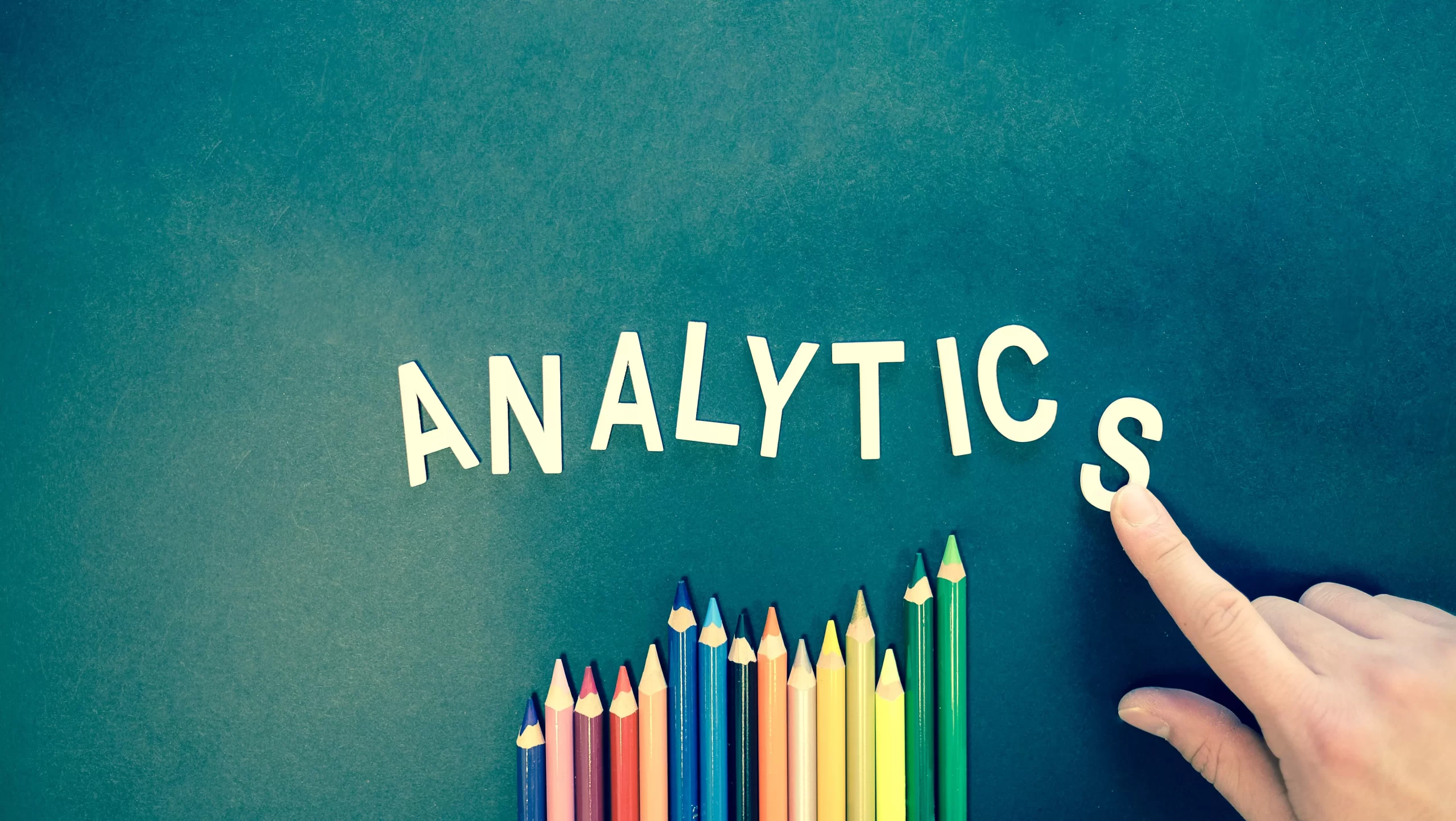
If you want your business to run at peak performance, it can only be done using call center analytics. No matter the size or type of call center, having analytics is an essential part to making your company run as smoothly and successfully as possible. Don’t do business without them!
How to Gather Analytics Data?
In order for contact centers to be able to measure their success, they need to track and analyze agents’ performance using advanced call center analytics software, such as a Power Dialer. With the use of a power dialer, managers can track and gather data as the product creates new reports.
Benefits of Using Call Center Analytics
The benefits of using call center analytics are numerous, but one of the most important ones is that it allows for a consistent analysis of all calls. This means that you will be able to have a clear view of how your agents handle the incoming calls, which will allow you to make better decisions on how to improve their performance. Overall, call center analytics aim to improve customer satisfaction in a call center.
The pros of using call center analytics include:
- Better understanding of your customers’ needs and expectations
- Improved communication between agents and customers
- Increased agent productivity and efficiency
- Align team on strategy
- Encourage objective decision-making
- Accelerates agents performance
How to Use Call Center Analytics?
Call center analytics can be used in a variety of different ways including the different levels within your organization. For instance:
- At the individual agent level
- At the team level
- At the departmental level
- At the organizational level
Each of these levels has its own set of benefits and challenges. For example, individual agent analytics provide a detailed look into how each agent performs on average. However, this information doesn’t tell you whether one agent outperforms another.
5 Types of Call Center Analytics to Use
It’s easy to become overwhelmed and overloaded with call center analytics tracking and analyzing, however, having many analytics doesn’t mean you will experience the benefit of them. If you accumulate too many, you won’t have time to analyze what the data is telling you and you won’t have time to implement a plan. Unless you have a team dedicated to the analytics, it suggested that you stick with a manageable amount and work from there. Let’s start with the five must-haves.
1. Speech Analytics
Speech analytics is the process of extracting key pieces of speech from recorded calls. It helps you understand what people say about your products and services during their conversations with your call center agents.
Using speech analytics, you’ll be able to identify:
- Customer complaints
- Common questions and concerns that customers ask
- How well your agents answer those questions and concerns
- When the conversation is taking a negative turn
With this information you will be able to:
- Work closely with the marketing department to hone marketing messages and advertisements
- Marketing can also improve their marketing campaign results based on the results.
- Provide insights for product development
- Speed up the sales process by addressing concerns and buyer hesitancies
- Speed up the sales pipeline process and fine-tune operations as a prospect goes through the sales pipeline
2. Predictive Analytics
Predictive analytics is another type of call center analytics that rely on statistical models to predict the likelihood of certain events occurring. For example, predictive analytics can tell you what percentage of your customers will churn within one year. It can also tell you what percentage of customers who purchased a specific product will return to purchase again in the next 90 days.
With this information you will be able to:
- Meet customer expectations
- Reduce cost and risk
- Address problems before they occur
- Optimize product and performance
- Gain better understand of target audience/market
- Discover new product or service opportunities
- Gain a competitive advantage
3. Website Analytics
With self-service analytics, you can find out which words people use when they’re searching for answers online. You can then create content that addresses these needs directly. If you find out that “how to reset my password?” is one of the top questions people ask when they visit your site, then you could include the answer in your FAQ section. In turn, you’ll be able to reduce the number of incoming phone calls from customers who need help with simple things like password resets, account recovery questions, etc., which means they won’t call back again until something major happens.
Understanding the user behavior in and for your website is especially helpful in developing customer satisfaction and retention. If prospects visit your page and you know, based on the analytics that consumers responded well to (x,y, and z) then you can implement those features or resources.
According to Episerver, ninety-two percent of people view the company’s website before making a purchase with them. A big determining factor in whether they purchase or not is if the website is user friendly. Understanding the website analytics will help in creating a website that appeals more to your ideal audience.
Here are just a few things that can be tracked with website analytics:
- Common landing pages
- Common exit pages
- Number of pages per visit
- Length of time spent per visit
- Bounce rate
- Frequently visited pages
- Number of visits
- Number of unique visitors
- The browser of device used ]
- The geographical location of the prospect
- New vs returning visitor ratio
4. Omnichannel Analytics
Today’s consumers demand an omnichannel approach — one where they get their products from any channel at any time. And cross-channel analytics help companies. Analyzing cross-channel data gives marketers an overview of their entire customer experience across multiple touchpoints. It helps you understand which communication channels your customers prefer and how well they’re using them. You can use them for both segmenting and personalized customer service.
With omnichannel analytics you will be able to predict the customers moves, build your inventory, track the product distribution, service, and support. Customers now-a-days view brands or brand products through a variety of different platforms, therefore, companies must be well-equipped. It has also been determined that customers move across platforms before finally complementing a purchase. If a company can not meet their needs or expectations on each platform, then they will lose the customer.
5. Call Analytics
Call centers collect both real-time and historical data from their calls. For instance, response and hold times; abandonment rates; resolution time; and call transfer rate. Trends help identify issues and individual tracking helps determine which agents need improvement. You can have a look at another of our articles giving you suggestions on which 9 call metrics you have to track.
Next let’s take a look at how to upgrade your call center management techniques!

